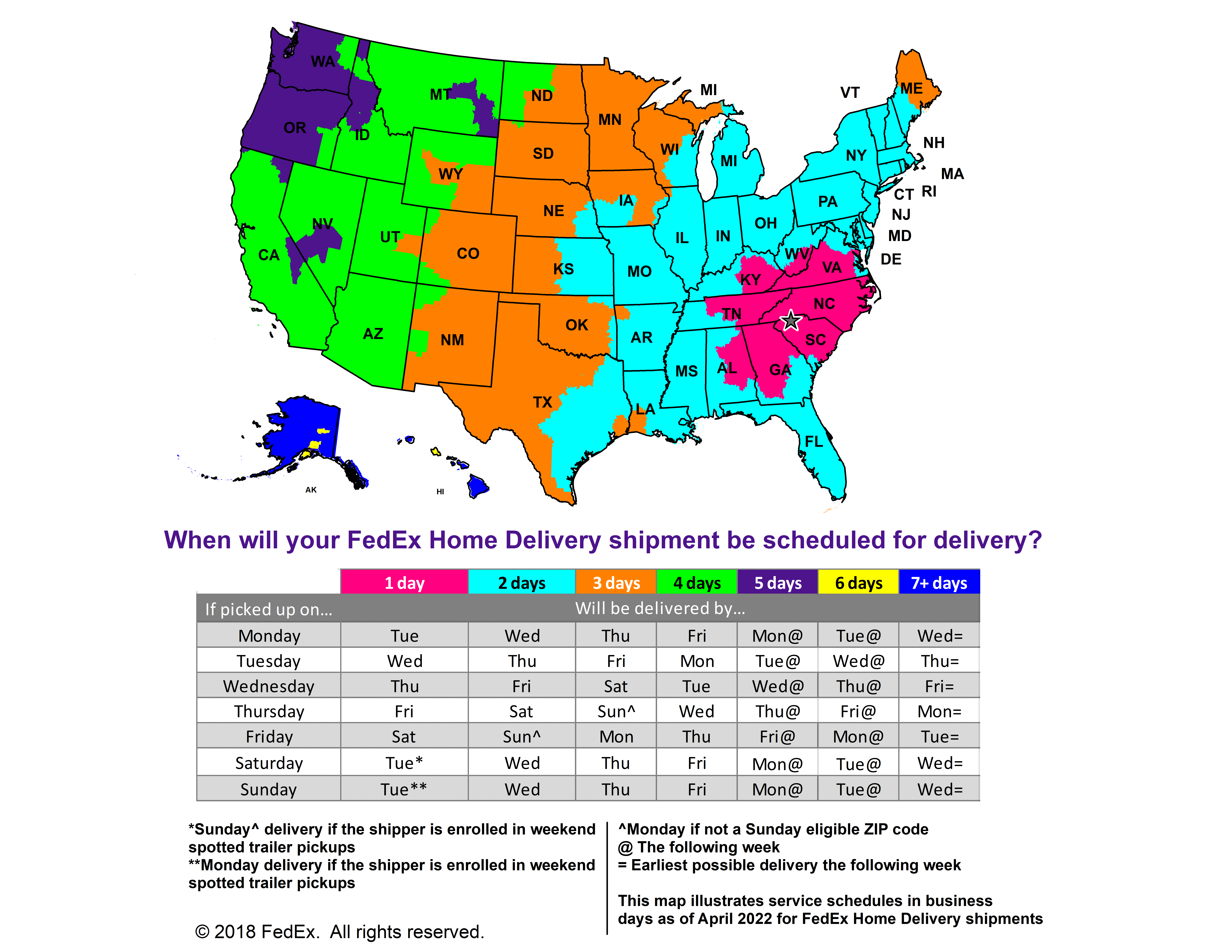Quick Guide to Prep Work for Exterior Painting
Looking to re-paint your front porch, but not quite sure where to start? Well you’re in luck! Our quick guide to prep work for exterior painting gives you all the necessary information you need to get the job done right. Let’s get started!
1. Find out how old your home is. If your house was built before 1978, assume there’s lead paint under there somewhere. In which case, take extreme precaution to prevent exposure and contain lead dust. The U.S. Environmental Protection Agency requires professionals to go through a training and certification process to undertake these jobs safely. If you’re a do-it-yourselfer, click through to read their precautionary recommendations.
2. Find the right products for the job. It may seem obvious, but interior paints, for example, will not work well out of doors. Our Exterior Gloss Paint works wonders on exterior wood and trim. Or if you happen to have a porous exterior surface such as concrete, masonry, brickwork, or mortar, Stormseal will help preserve the structure of the material by protecting it from water.
3. Buy enough. Always buy enough product to complete the job, and “box" or mix paint that is the same color in one container, if possible, to minimize any differences from can to can, as well as from different batches. Also, do not mix brands. Each manufacturer has different formulas and colors, and some may be incompatible with each other.
4. Measure your space and understand coverage. Over-spreading or over-thinning paint can result in insufficient film build, compromising the integrity of the coating and shortening the life of the film.
5. Prepare the surface. Poor preparation can lead to many problems. Unsound, rusty, damp, or dusty/oily surfaces of many types can cause problems. Here are quick tips for preparation:
• Pressure wash to make sure surface is clean, dry, and free of any loose dirt or grime.
• Scrape loose, peeling paint, or degrading components.
• Fill and putty holes and cracks. Let dry and sand.
• When painting onto previously stained wood, be aware that water-based stains can often bleed through, requiring the use of Stainblock.
• Seal Knots with two coats of ECOS White Knotting.
• Bare plaster should be dry and dust-free, then sealed with one coat of ECOS Plaster Sealer and allowed to dry thoroughly before painting.
Ready to tackle your project? We’d love to see your before and after pictures! Also, please let us know in the comments if you have any other questions. We’re always happy to help!


























